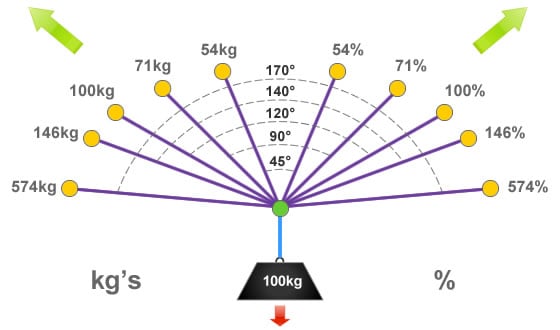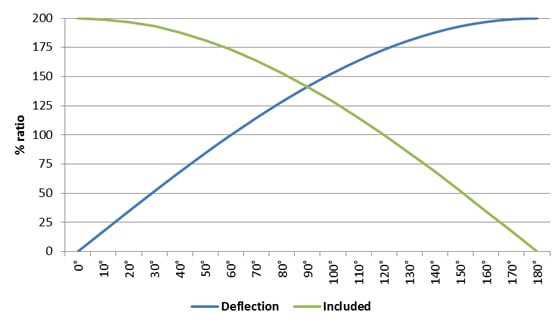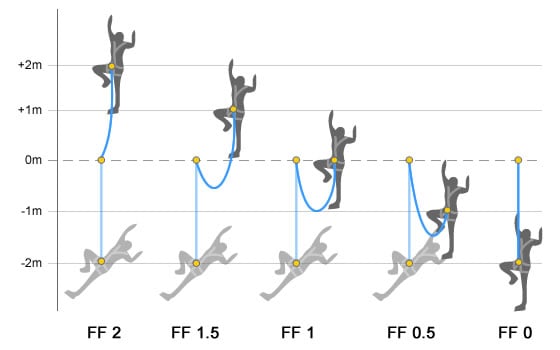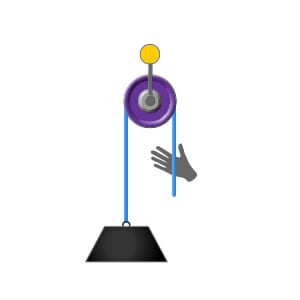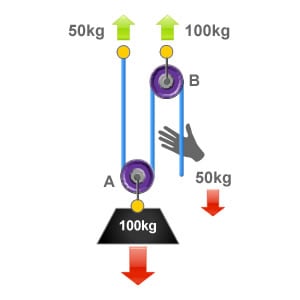Knot Terminology
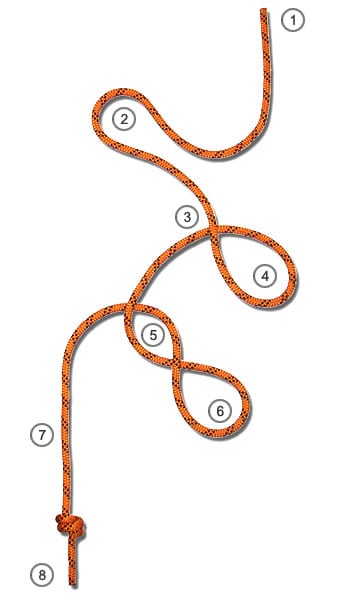
Knot tying has several commonly used terms. The ancient Latin word for knotting is ‘nodology’, the Greek referred to this art as ‘kompology’.
These references are seldom used today, some modern knot tyers prefer the term ‘knottology’ and class themselves as ‘knottologists’. Here is a brief summary of some common knotting terms.
Common Knotting Terms
1. The Working End
In knotting terms the end of the rope that is used to actually tie and form the knot is known as the Working End, such as the end used to tie a Figure of Eight Re-Threaded. The working end can also be referred to as the tag end.
2. A Bight
A bight is a U-shaped section of rope usually used to tie knots on the bight. A knot tied on the bight will normally form a Loop-Knot.
3. The Crossing Point
A crossing point is where the rope crosses itself, this will happen if we take a bight of rope and twist it to form a loop.
4. An Overhand Loop
Depending on which direction we twist a bight to form a loop, we will either end up with an overhand loop or an underhand loop. An overhand loop is created when the working end of the rope lies over the top of the standing part.
5. The Interlocking Elbows
Interlocking elbows occur when a bight of rope is twisted twice to form two crossing points. Knots such as the Alpine Butterfly are tied by firstly forming interlocking elbows.
6. An Underhand Loop
If the standing part of the rope lies over the top of the working end, then an underhand loop is formed. An underhand loop is the opposite of the overhand loop.
7. The Standing Part
The standing part is the length of rope, cord or twine that lies between the working end and the standing end. If we were to abseil or rappel down a rope, we would attach to and descend down the standing part.
8. The Standing End
The standing end is the opposite of the working or tag end of the rope. When abseiling or rappelling this would be the end of the rope that we send down to the ground or landing point. Never forget to tie a stopper knot near the standing end, even if the ropes do touch the ground or landing point.

